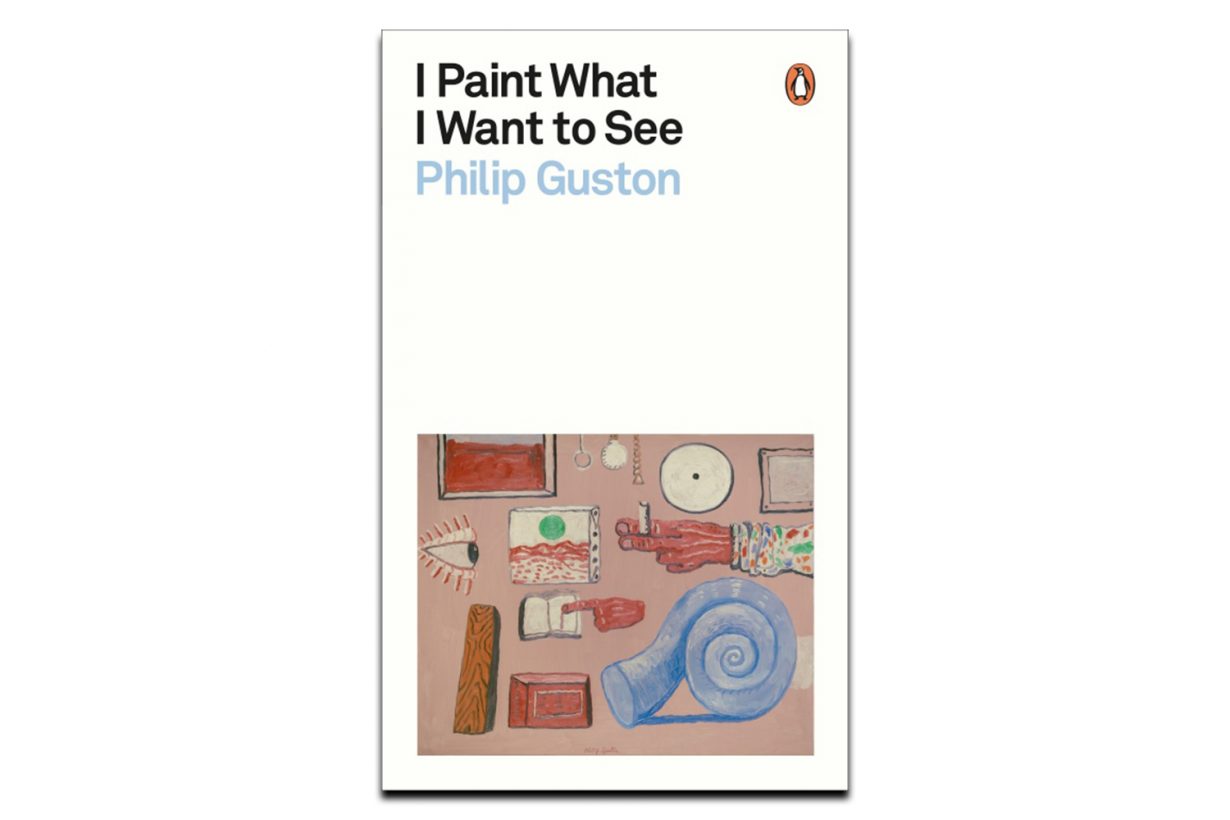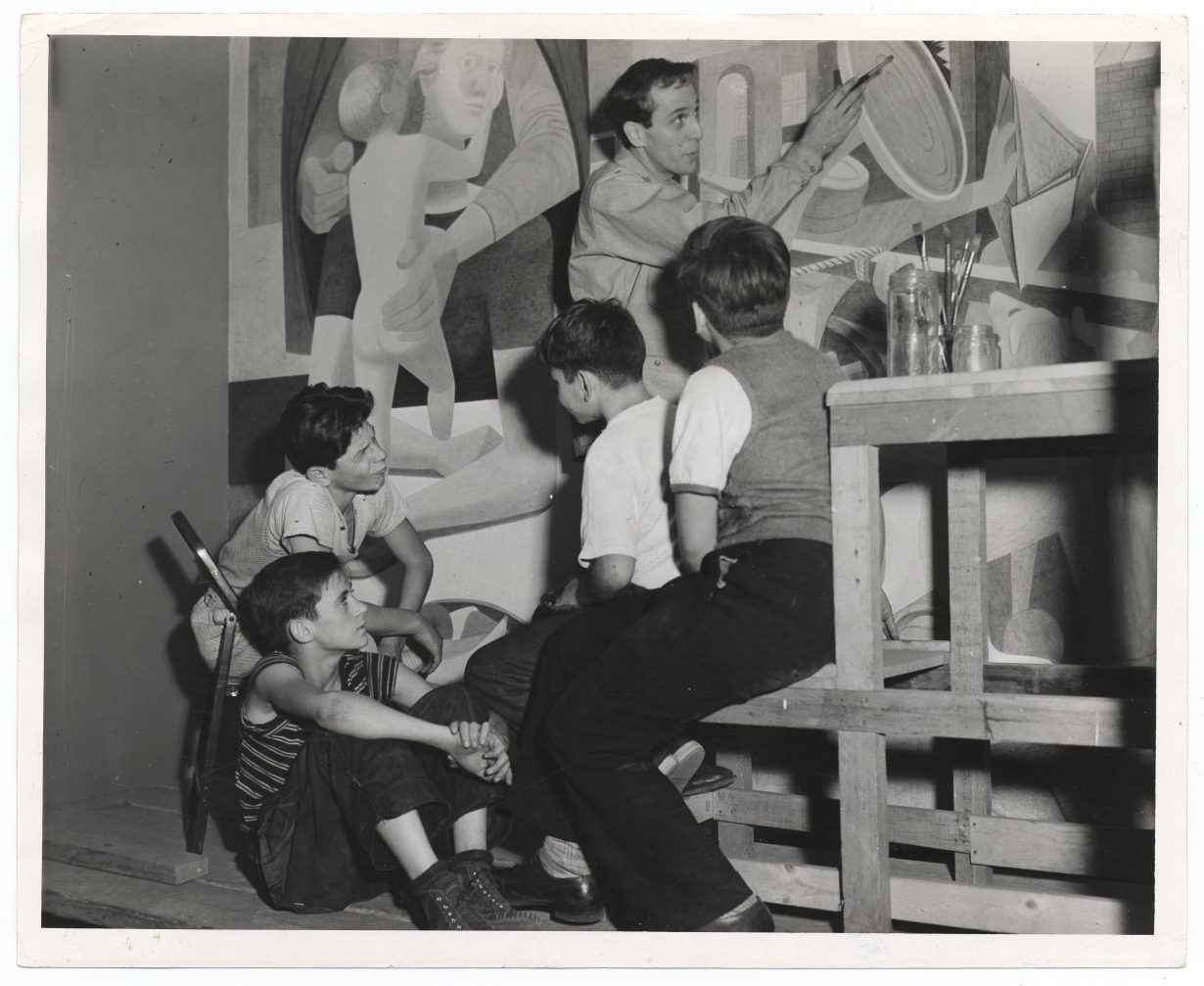
Guston’s talks and dialogues explore contradiction, repetition, frustration and the foregrounding of doubt
To what extent, though, did Philip Guston paint what he wanted to see? The answer is, as it always is with him, equivocal. Dialogues were Guston’s chosen form of public speech, several of which, along with other published pieces and talks, are collected in this book, published to coincide with the opening of his rescheduled retrospective in May this year. Dialogues – with interlocutors like his friends Harold Rosenberg or Clark Coolidge, or with his students at Boston University or the Yale Summer School of Music and Art – allowed Guston to play out in a public forum the equivocations that informed the paintings made in the privacy of the studio. If his paintings are always saying ‘Yes, but…’ (to quote the title of Dore Ashton’s essential 1976 book about the artist), so too is Guston. ‘I’m trying to think of what to say’, begins his 1971 lecture on Piero della Francesca. That search – for a subject and its articulation, perhaps – animates Guston’s public persona as much as it does his late turn to a grungy figuration, the emergence and development of which is the hidden story that unfolds beneath these texts.
Even the earliest talk included here, his interview with David Sylvester from 1960, which took place during Guston’s abstract phase, seems to tee up his later practice. His declaration that ‘I think of my pictures as a kind of figuration’ is borne out in the works he was making at the time, many of which have matter-of-fact titles (Table, Vessel, Branch, all 1960) that are worlds away from the highfalutin sublimity of those of his New York School peers. To read this book front-to-back is to witness his paintings gradually outpace Guston’s ability to describe them. His repeated (and perhaps willed) endorsement of ‘frustration’ as a crucial artistic ingredient in the mid-1960s gives way, by the end of the decade, to an outpouring of large-scale paintings he repeatedly admitted to being baffled by. Figurative painting allowed him to do in art what he’d always loved about talking: to lurch from subject to subject, to butt up against contradictions, to make wisecracks, to repeat himself. When asked about the subjects of these late paintings, he’s as confounded as anyone – ‘I don’t know what the hell it looks like’, he says, of a painting of a shoe – but that’s just what he loved about making them. He wanted to confuse himself, if only to keep the conversation going.

The postponement of Guston’s 2020 retrospective, the arguments around which need no further reheating here, cast the artist as a less nuanced protagonist than either his works or his words suggest, in part thanks to the social media context in which those arguments played out. However familiar Guston’s public statements have become – and nothing in the book is new, since it’s effectively a slimmed-down version of Philip Guston: Collected Writings, Lectures, and Conversations (2010), edited by Clark Coolidge – it’s worth returning to them in the light of those events. Its lack of introduction or contextual detail, aside from Coolidge’s brief notes carried over from the previous publication, isolates Guston’s statements as aphorisms or nuggets of adaptable wisdom. No reader could finish the book with a sense of Guston as a painter with a singular and unwavering vision of his work and its place in the world. His foregrounding of doubt – about what he was painting, which often shifted in the making, or what his own work was about, or what motivated him to do it at all – was what infused his late paintings with the ability to generate new ideas in the heads and hands of others. ‘Ideas about art don’t matter’, runs a 1978 note found in his studio after his death, itself an idea that launched a thousand painting careers. ‘They collapse anyway in front of the painting.’ Yes, but…
I Paint What I Want to See by Philip Guston. Penguin Classics, £9.99 (softcover)